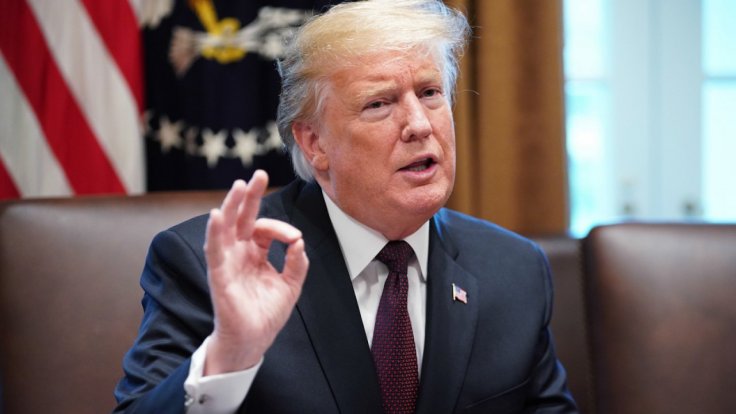
Despite news on the "strong" NASA funding, Donald Trump's administration may have a different agenda for its proposed budget because cuts are also underway and they could "destroy" the space agency's Earth Science missions.
Trump is aiming for the Moon as per the fiscal year 2020 budget that has around $21 billion in funding for NASA. However, the "strong" budget that NASA Administrator Jim Bridenstine referred to in a previous statement may spell a different story.
"This year's proposed FY2020 budget has now been announced, and it's as equally disastrous for science as last year's proposal, but this time it's more insidious," Ethan Siegel, a contributor for Forbes, wrote.
He said that while there is an emphasis on space exploration and increased funding for the lunar gateway project, this also hides the fact that the funding is possible because several — and maybe many of the most crucial — science programs will be destroyed.
Under the Trump administration's federal budget request for 2020, the following NASA science missions were proposed to be cancelled: two Earth Science missions and the Wide-Field Infrared Survey Telescope (WFIRST).
The cuts can harm science and the benefits that NASA's research provides to society. According to a NASA press release from last year, science helps to understand the Earth better and humanity's place in the universe. It also brings forth civilization-level discoveries, paves the way for future human advancement into space and gives more information on whether there is life outside the planet. The work of NASA is also said to be crucial to the economy and security.
Investment in science has also paid off in many ways like improving the quality of life, increasing average lifespan in America and even reducing the impact of diseases.
"And that's why the latest budget, released on March 11th by the Trump administration, is so terrifying in its boldness for destroying science research, education, and development in the United States," Siegel pointed out.
Nonetheless, NASA is still slated to pursue its lunar ambitions as there is more funding on the development of an outpost on the Moon. The project aims to produce landers that will be key to putting back astronauts on the lunar surface. Bridenstine did say that NASA plans to bring humans to the Moon by 2028. The agency has been working with private companies to push the initiative. Soon enough, NASA will be able to launch American astronauts from American soil thanks to Elon Musk's Crew Dragon.
This article was first published in IBTimes US. Permission required for reproduction.









